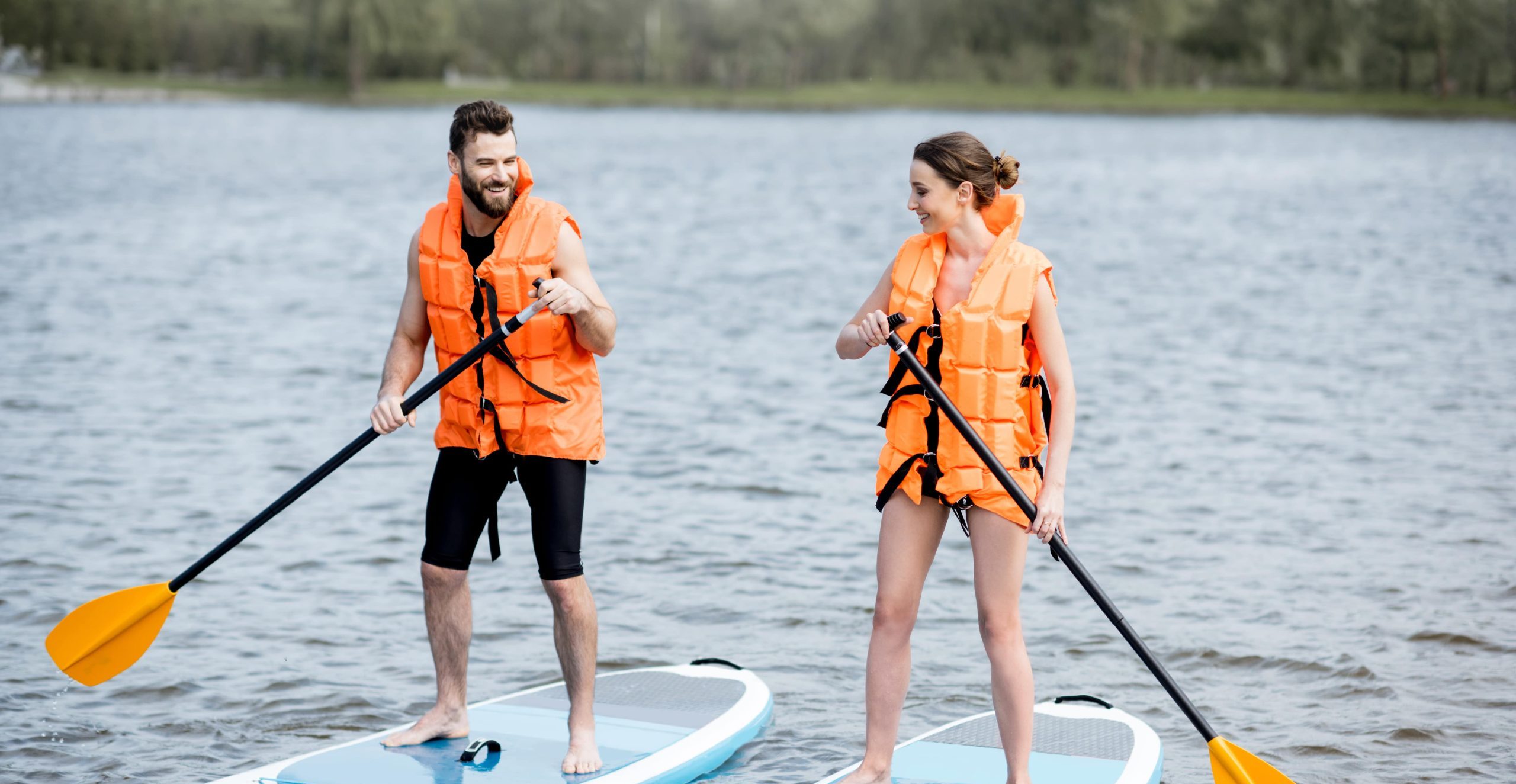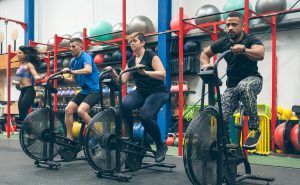5 fun water sports and activities to try this summer
Not sure what water sports and activities to try this summer? Read on as we dive into five popular ones:
1 & 2: Paddle sports: Paddleboarding & kayaking
Paddle sports are ideal for exploring water bodies while observing Canada’s stunning landscapes and fascinating wildlife. The exposure to nature, combined with the rhythmic paddling, is relaxing and stress-reducing. Not only are paddle sports great for connecting with nature but also with other people if done with friends, family or paddling groups. These sports can also help improve your upper-body strength since they all require using your arm, shoulder and back muscles.
1. Paddleboarding
This trendy water sport involves standing or kneeling on a floating, stable board while propelling yourself using a long, single-bladed paddle. Unlike other paddle sports, paddleboarding also engages your core and leg muscles, making it an excellent full-body activity that can improve your core strength, balance and posture. Plus, standing rather than sitting can mean less back pain and better views. Once you become more experienced, you could try paddling in wavy areas or doing yoga on the board.
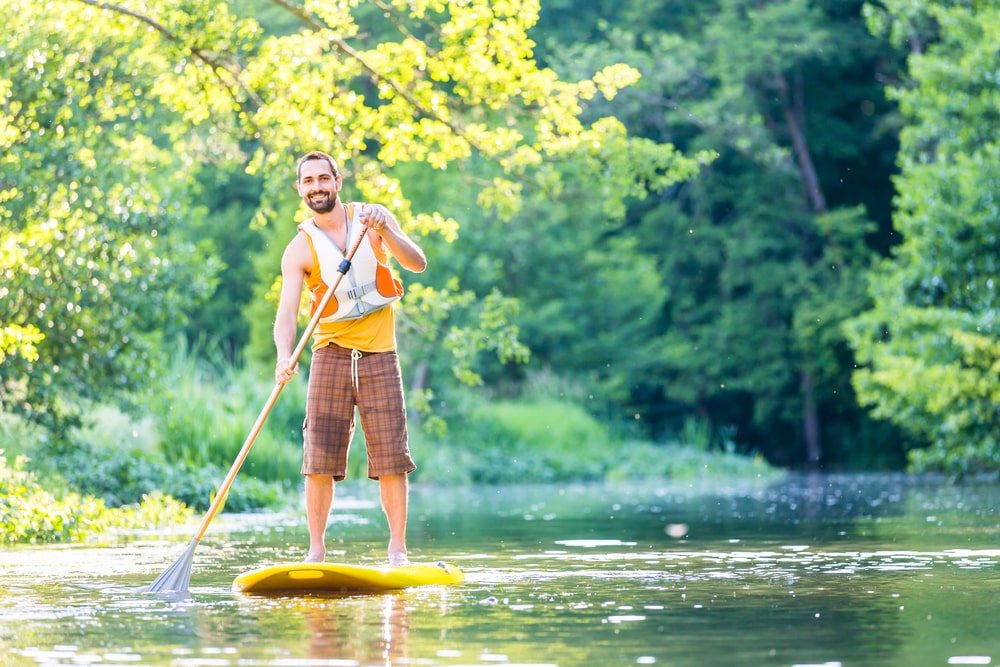
2. Kayaking
This popular paddle sport involves sitting in a narrow boat while propelling yourself forward with alternate side-to-side strokes using a double-bladed paddle. In many coastal communities across the country, there are kayaking tours, classes and rentals available. Regardless of where you get a kayak, ensure it’s equipped with a bailer or bilge pump (a tool for removing unwanted water from your kayak), a whistle and 15 metres of buoyant rope.
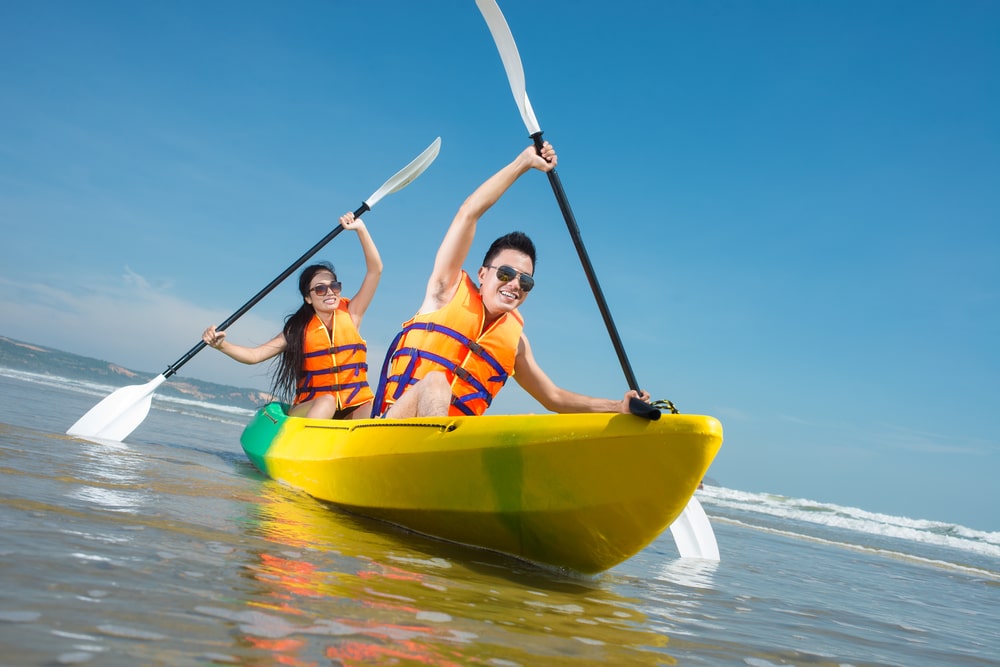
Paddle sport safety tips*
- Know how to swim and/or feel comfortable in water.
- Check the forecast and water conditions, and avoid paddling when it’s too windy or wavy.
- Apply sunscreen beforehand and wear sunglasses and a hat.
- Don a properly fitting lifejacket or personal flotation device (PFD).
- Bring a whistle to call for help.
- Take drinking water and possibly snacks with you, especially if you’re going on a long excursion.
- Start in small, flat bodies of water like ponds, lakes or slow-moving rivers without powerboats.
- Enter the water from a calm, rock-free shore area and stay near shore.
- Paddle with a buddy.
3. Water aerobics
Ideal for people of any age or skill level, water aerobics includes low-impact cardio and strength-training exercises like water walking, bicep curls and leg lifts using equipment such as pool noodles, kickboards and foam weights. It’s especially popular with older adults, pregnant women and people with joint issues, chronic pain or those recovering from an injury.
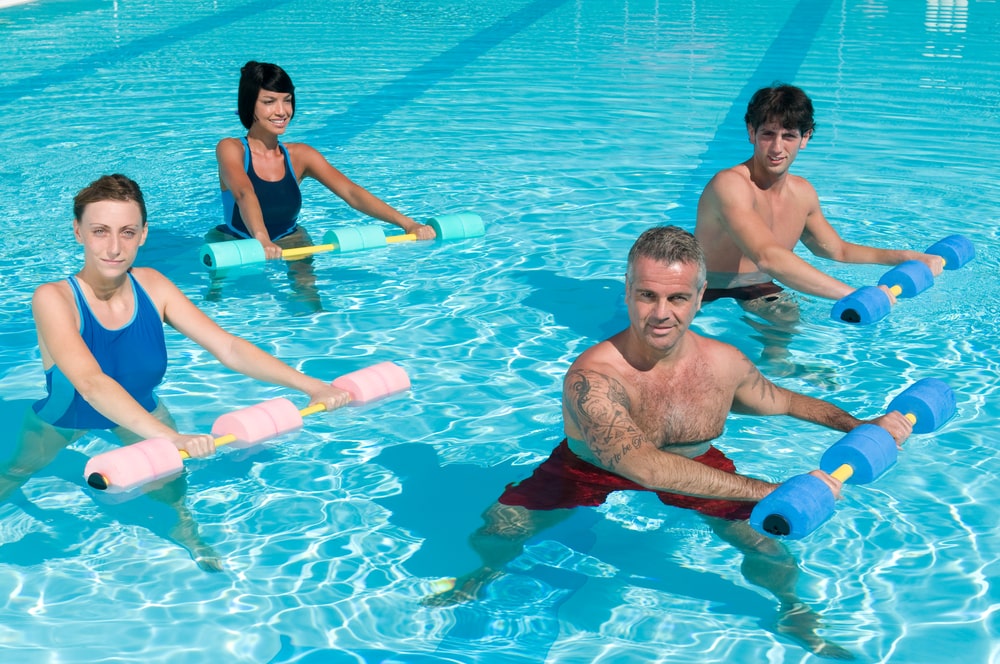
4. Bodyboarding (aka “boogieboarding)
Bodyboarding is like surfing because it involves riding waves while on a floating board, except the board is made of foam, and you don’t stand on it. This exhilarating sport is perfect if you’re not ready to surf and the waves are small. Bodyboarding is suitable for kids and adults, and is generally safer and more affordable than surfing.

Bodyboarding safety tips
- Know how to swim and/or feel comfortable in water.
- Select an appropriately sized bodyboard based on your height and weight.
- Choose a calm spot like a sandy beach with no large rocks, boats or fishing gear.
- Ideally wear a rash guard or wetsuit to protect yourself from the sun, chafing and hypothermia.
- Secure the bodyboard leash to your arm or wrist to prevent misplacing the board.
- Consider wearing swim fins for extra propulsion and control.
5. Snorkeling
Snorkeling involves swimming on top of or through a body of water while sporting a dive mask, breathing tube (snorkel) and swim fins. It’s easy to learn for most people – you just need to know how to swim and feel comfortable breathing through your mouth.
Snorkeling is a fantastic substitute to scuba diving because you can still immerse yourself in the underwater world and possibly encounter fascinating aquatic critters without specialized training or equipment. As thrilling as snorkeling can be, the rhythmic sound of your breathing and natural surroundings also makes this activity quite relaxing.

Snorkeling safety tips
- Wear a lifejacket or PFD if you’re not a strong swimmer.
- Wear a wetsuit if you’re snorkeling in cold water to reduce your hypothermia risk.
- Apply sunscreen beforehand (no, the water won’t protect you from the sun!).
- Check that the E. coli levels and water currents are safe.
These are just a few examples of water sports and activities to try this summer. Whether it’s kayaking, paddleboarding, water aerobics, snorkeling or bodyboarding, these sports and activities are sure to help keep you active, cool and fit this summer.
*For more water safety tips, click here.

